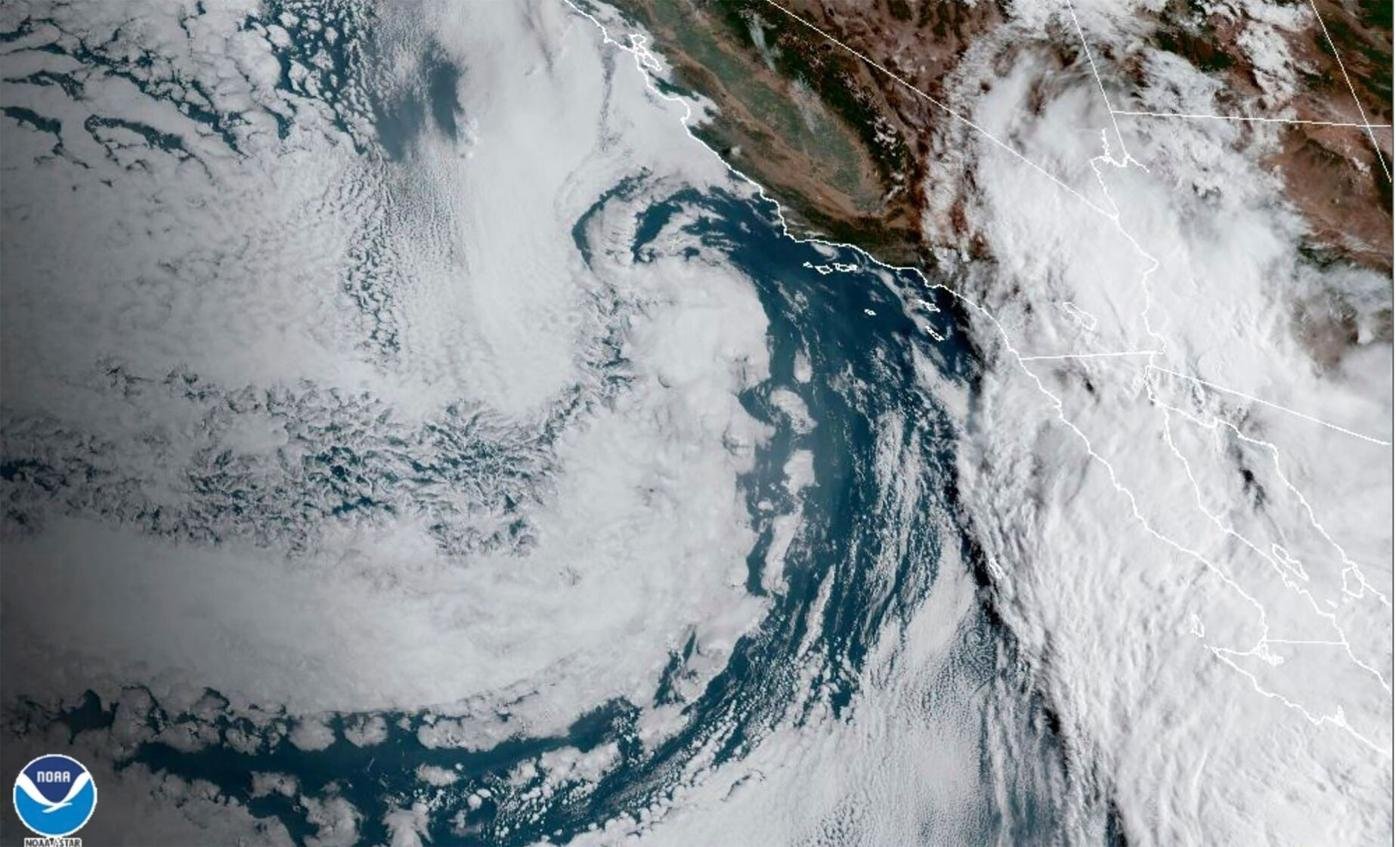In an area more accustomed to drought, California Governor proclaimed a state of emergency for parts of Southern California, and flash flood warnings are in force there as well.

Tropical Storm Hilary made its historic impact in California on Sunday, causing experts to issue a flood warning that may be extremely damaging. Hilary had already pummeled Mexico’s Baja California peninsula with heavy rainfall.
In Mexico, there was one fatality as a consequence of flash flooding on the peninsula, which also resulted in several highways being washed away and images of wild waters running through now-raging city streets on social media.
In an area more accustomed to drought, California Governor Gavin Newsom proclaimed a state of emergency for parts of Southern California, and flash flood warnings are in force there as well.
One storm might bring 6-10 inches of rain to Palm Springs, a desert resort in Riverside County about 100 miles (160 km) east of Los Angeles. Normally, the city receives around 4.6 inches (12 cm) of rain annually.
Palm Springs was dry when Newsom departed on Sunday, but an hour later it experienced “the most significant rainfall over a 60-minute period any time in Palm Springs history,” according to Newsom, who was touring Southern California.” The streets quickly became inundated.
“This system is working at that speed. Take nothing for granted,” Newsom said at a press conference in Los Angeles after updating U.S. President Joe Biden, who had directed government agencies to send troops and supplies to the area.
The meteorological service reported that as of 5 p.m. PDT (0000 GMT), Hilary was 25 miles (40 km) south-southwest of Palm Springs, packing gusts of 50 mph (85 kph), and headed to the north.
Professional sporting events were postponed, and hundreds of flights in San Diego, Las Vegas, and Los Angeles were cancelled. The two biggest school districts in the state, Los Angeles Unified School District and San Diego Unified School District, called off Monday’s classes. The Southern Californian beaches were battered by dangerous surf.
The first tropical Hilary storm on record made landfall in San Diego County, which is close to the Mexican border. Although just one tornado has been documented thus far, in a distant area of Arizona, the National Weather Service warned that tornadoes were probable in several areas of California, Arizona, Nevada, and Utah.
A 5.1-magnitude earthquake that struck Ojai, in Ventura County, roughly 80 miles northwest of Los Angeles, occurred in the midst of all the storm preparedness. There were no reports of injuries right away.
The Los Angeles River, which usually carries only a trickle, saw floodwaters rushing through its concrete banks. Rock falls at Ocotillo, a desert community 90 miles east of San Diego, sent boulders to the ground on Interstate 8, causing delays on the road to Arizona.
A storm of this kind seldom occurs in Southern California. In 1997, Nora made landfall in a distant area of Imperial County to the east, and in 1939, before storms were given names, another made landfall at Long Beach, in Los Angeles County, to the north.
According to experts, mountainous and arid regions might receive 5 to 10 inches (12 to 25 cm) of rain.
“In some places in the desert, that’s a year’s worth,” said Alex Tardy, a senior meteorologist with the National Oceanic and Atmospheric Administration in San Diego, at a press conference. “August is a dry month in Southern California and San Diego on average. Thus, a rather rare event is taking place here.
Nearly 1,900 people were evacuated to shelters after Hurricane Hilary made landfall earlier on Sunday in the northern Baja California peninsula of Mexico, according to the nation’s army.
Low-income regions with many dwellings that do not adhere to construction rules were particularly perilous during the storm.
“We’ve always known it’s a dangerous region. Although there is a lot of running water nearby, what should we do? Living in a flood-prone region of Rosarito, roughly 15 miles south of the Mexican-American border, Yolanda Contreras said, “It’s the only place we have to live.
According to the Mexican army, numerous nearby towns lost their phone and electricity after lampposts collapsed.
A total of 850 people were also evacuated by the Mexican Navy from five islands that were in the path of Hurricane Hilary, which had been a Category 4 storm until it lost strength.